Eastern Australia —(Map)
In Australia, there are plenty of wild things that can bite or sting you. Oddly enough, one of them is a tree. Now scientists have figured out what makes the tree’s sting so bad.
The rainforests of eastern Australia are home to a stinging tree known as Dendrocnide. Many people call it the gympie-gympie tree – a name given to the tree by indigenous Australians.
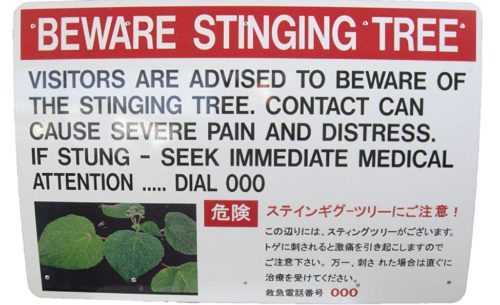
(Source: IMB / Irina Vetter, Thomas Durek, et al..)
No matter what you call the tree, the important thing is to stay far away from it. Though it looks like the leaves and stems are covered with a soft fuzz, it’s actually covered with sharp, hollow needle-like hairs that carry poison.
If you brush up against a gympie-gympie tree, you won’t forget it anytime soon. The pain of the stinging tree is intense.
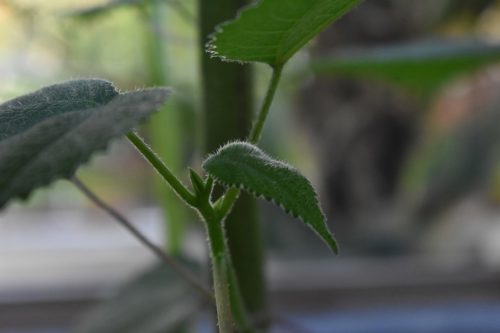
(Source: N. Teerink [CC BY-SA], via Wikimedia Commons.)
“It’s like having a nail shoved into your flesh [skin],” said Dr. Edward Gilding, one of the scientists behind the study. And the pain doesn’t go away quickly. It can last for hours, days, or weeks. In some cases, it’s been reported to last for months.
Scientists have long looked for the source of this powerful sting. Now researchers at the University of Queensland have discovered at least part of what makes this stinging plant so painful.
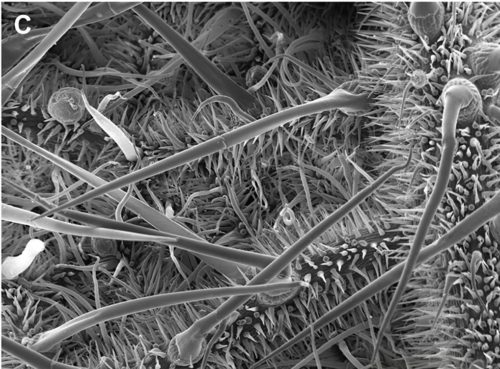
(Source: IMB / Irina Vetter, Thomas Durek, et al..)
The scientists believed they were looking for a neurotoxin – a toxin (poison) that affects nerves. Nerves are the parts of our bodies that send information about what we are sensing to our brains.
After carefully studying different kinds of gympie-gympie trees, the scientists were able to separate out different chemicals that the trees produce. This allowed them to identify a group of chemicals that they believed was responsible for the pain.
The researchers created artificial versions of these chemicals, which they call “gympietides”. Sure enough, when the scientists injected mice with gympietides, the mice licked and nibbled at the places where they’d been injected – indicating that they hurt in those places.
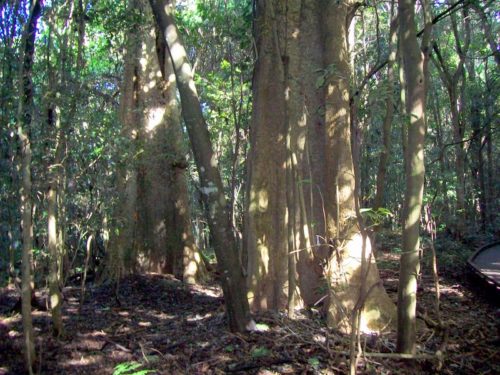
(Source: Poyt448 Peter Woodard [CC0], via Wikimedia Commons.)
When the scientists studied the way gympietides were built, they found that they formed a knot-like shape. The shape makes the chemical very stable, which helps explain how the pain lasts so long.
The knot-like shape of the gympietides was similar to the shape of toxins produced by poisonous spiders and cone snails. The scientists were surprised to see three very different kinds of life all using similar toxins.
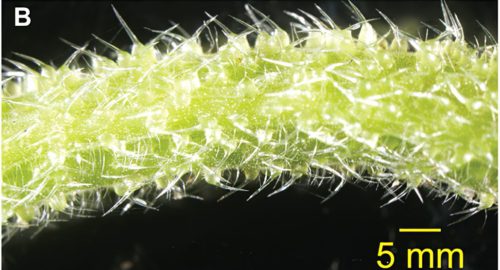
(Source: IMB / Irina Vetter, Thomas Durek, et al..)
Spiders and cone snails carry toxins because they catch food by stinging other creatures. It’s not clear how stinging helps the gympie-gympie tree.
Though its sting may stop some animals from eating it, it doesn’t stop all animals. Beetles and small relatives of the kangaroo called pademelons are able to eat the plant without trouble.
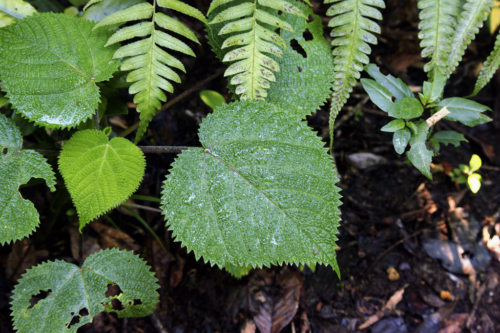
(Source: Rainer Wunderlich [CC BY-SA], via Wikimedia Commons.)
The scientists also found another reason the toxin’s pain lasts so long. Nerve cells have a sort of gate that opens to tell the body about pain and then closes again. But the gympietides prevent the gate from closing, so the pain message keeps getting sent.
The scientists hope that by studying how the toxin affects these gates, they may be able to come up with new ways to help control pain.
😕
This map has not been loaded because of your cookie choices. To view the content, you can accept 'Non-necessary' cookies.
